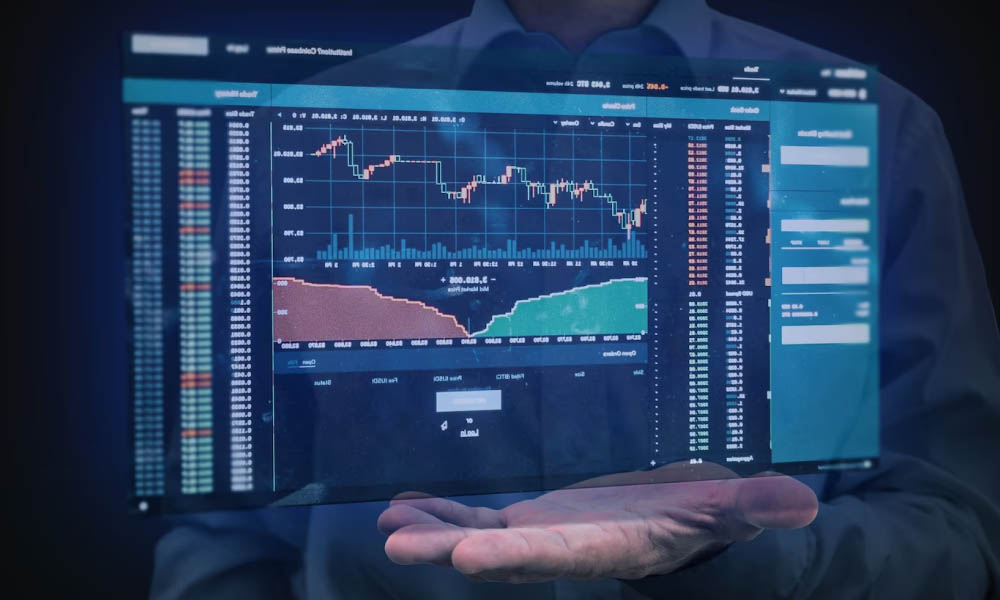
Table of Contents
Understanding Crypto Trading Real-Time: Strategies and Insights
In the dynamic world of cryptocurrency trading, real-time trading has emerged as a pivotal component for many traders looking to capitalize on the volatility of digital assets. With prices fluctuating rapidly, the importance of real-time data, analysis, and trading strategies cannot be overstated. In this article, we will explore various strategies for crypto trading in real-time, the importance of immediate data, and the tools that can enhance your trading decisions. For those interested, you can also check this exceptional guide on Crypto Trading Real-Time https://www.webtumboon.com/uncategorized/20-places-to-get-deals-on-trading-from-browser-on-exness-mt5/.
The Importance of Real-Time Data in Crypto Trading
In the cryptocurrency market, timing is everything. The ability to access real-time data can be the difference between profit and loss. Cryptocurrency prices can change in seconds, making traditional methods of trading based on delayed information obsolete. Real-time data feeds allow traders to see current prices, volume, order books, and other critical market indicators.
By leveraging real-time data, traders can identify trends more accurately, react to market movements swiftly, and execute trades at the most opportune moments. Whether you’re a day trader looking to capitalize on short-term price movements or a long-term investor seeking to make informed decisions, real-time data is critical.
Key Strategies for Real-Time Crypto Trading
1. Using Technical Analysis
Technical analysis involves using historical price data to identify patterns and predict future price movements. With real-time data, traders can apply various technical indicators such as moving averages, Relative Strength Index (RSI), and MACD to make better-informed trades. By continuously monitoring these indicators in real-time, traders can spot entry and exit points more effectively.
2. Scalping
Scalping is a strategy that focuses on making small profits repeatedly over a short period. This strategy depends heavily on real-time trading, as scalpers need to execute trades quickly as price fluctuations occur. Scalping requires discipline, speed, and access to reliable real-time data to succeed.

3. Trend Following
Following market trends can also be beneficial in the realm of real-time trading. Traders can analyze real-time charts to identify the direction of the market—whether it’s bullish or bearish—and make trades accordingly. Keeping an eye on volume is also crucial as it provides insight into the strength of the current trend.
4. Arbitrage Trading
Arbitrage trading involves exploiting price discrepancies across different exchanges. With real-time data, traders can spot differences in prices instantaneously, allowing them to buy low on one exchange and sell high on another. This strategy requires quick execution and sometimes significant capital to be effective.
Tools for Real-Time Crypto Trading
To effectively navigate the world of real-time crypto trading, traders must utilize various tools and platforms that provide them with the necessary data and functionality.
1. Trading Platforms
Choosing the right trading platform can significantly impact your trading experience. Look for platforms that offer real-time data, user-friendly interfaces, and advanced trading tools. Many platforms also provide functionalities for setting up alerts for price changes, which can help you act swiftly in volatile market conditions.
2. Charting Tools
Advanced charting tools can enhance your ability to visualize real-time price movements and trends. These tools allow you to overlay various technical indicators, use drawing tools, and customize the charts according to your trading strategy. Many traders prefer platforms that integrate these features directly with their trading interface.

3. News Aggregation
In the crypto world, news can have a significant impact on market movements. Real-time news aggregation tools provide traders with the latest developments, ensuring they stay informed about events that could affect their trades. Following credible news sources and aggregators can significantly enhance your trading strategy.
Risk Management in Real-Time Crypto Trading
Real-time trading can be exciting, but it also comes with significant risks. Implementing a solid risk management strategy is crucial for long-term success.
1. Setting Stop-Loss and Take-Profit Orders
To manage risk effectively, traders should set stop-loss orders to limit potential losses and take-profit orders to secure gains. This ensures you have predefined exit points, which help eliminate emotional decision-making during trades.
2. Diversifying Investments
Diversifying your portfolio reduces risk by spreading your investments across multiple cryptocurrency assets. This way, if one asset performs poorly, the impact on your overall portfolio may be mitigated.
3. Keeping Emotions in Check
Emotions can lead to impulsive trading decisions that are often detrimental. Maintaining a clear head and sticking to a predetermined trading plan can significantly enhance your trading success rates. With real-time trading, discipline is necessary to avoid being swayed by sudden market movements.
Conclusion
Crypto trading real-time is an exciting yet challenging endeavor that requires quick thinking, disciplined strategies, and access to real-time data. By understanding market dynamics and leveraging the right tools and strategies, traders can improve their chances of success in this fast-paced environment. As this market continues to evolve, staying informed and adapting your strategies accordingly will be key factors in thriving in the world of cryptocurrency trading.
